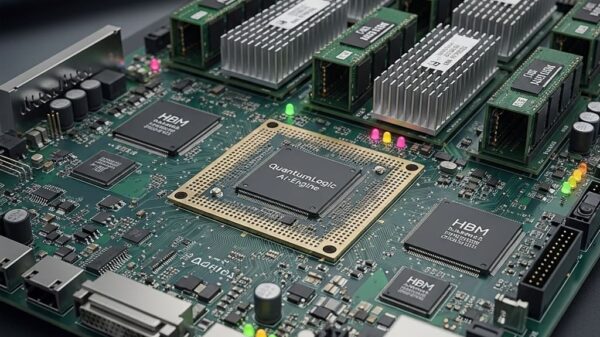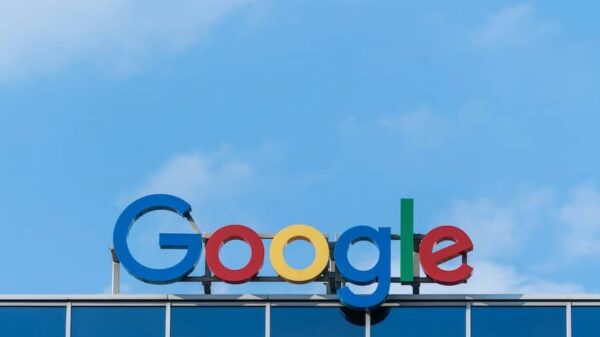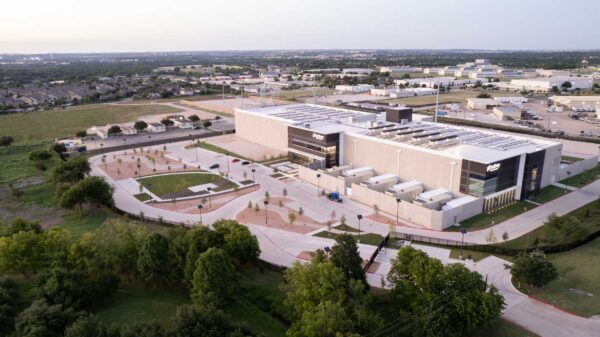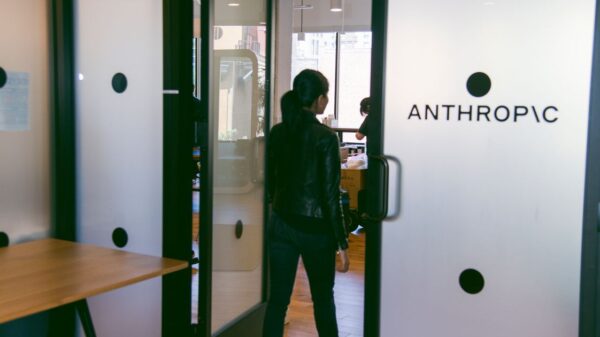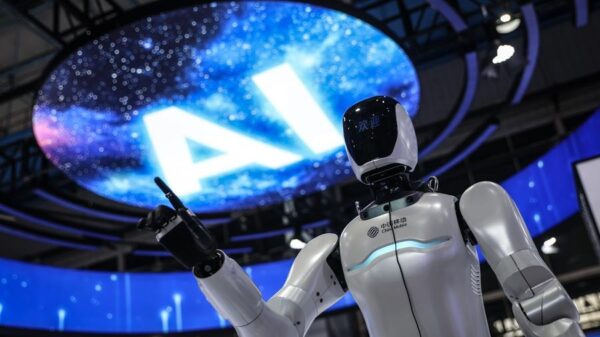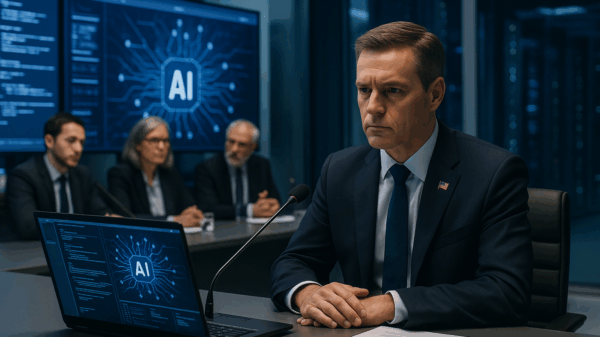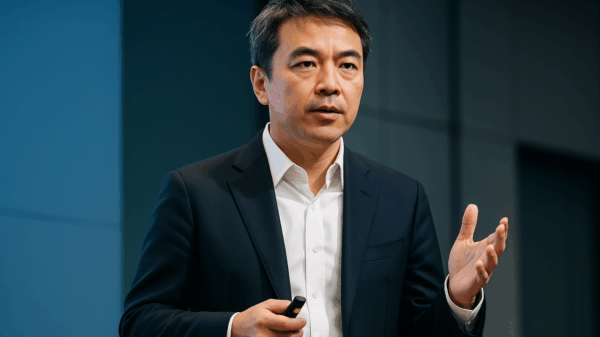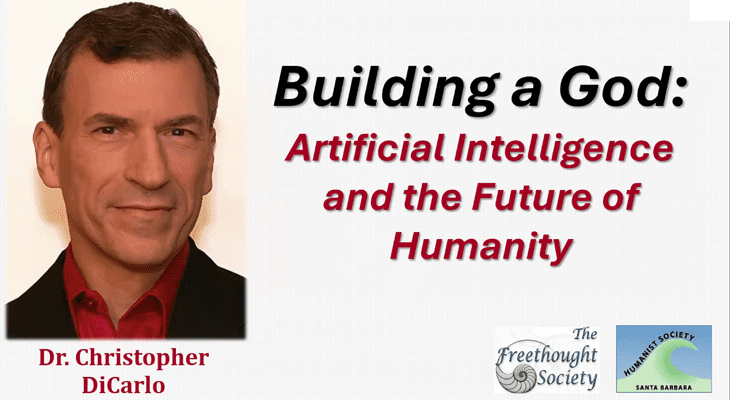Artificial Intelligence (AI) looms on the horizon like a tsunami, as described by philosopher and educator Christopher DiCarlo during a recent talk for the Humanist Society of Santa Barbara. He emphasized that while AI may not seem threatening at first glance, its potential impact is immense, likening it to a 100-foot wave approaching at 100 miles per hour.
DiCarlo presented notable quotes from influential figures in AI history, including British mathematician Irving John Good, who once stated, “The first ultraintelligent machine is the last invention that man need ever make, provided that the machine is docile enough to tell us how to keep it under control.” He referenced Dr. Ian Malcolm from “Jurassic Park,” who warned, “Your scientists were so preoccupied with whether they could, they didn’t stop to think if they should.”
Understanding AI: A Primer
To understand AI’s current landscape, DiCarlo broke his talk into three key sections: what AI is, its benefits and harms, and actions we can take. He traced AI’s origins to Alan Turing’s 1950 inquiry into machine cognition, introducing the now-famous Turing Test. The test posited that a machine could be considered intelligent if a human could not reliably distinguish it from another human in conversation.
Fast forward to today, and machines can mimic human behavior with alarming accuracy. DiCarlo noted that the Dartmouth Conference in 1956, which aimed to make significant strides in AI, ended with more questions than answers—a sentiment echoing the complexity of AI development today.
See also Google Announces $40 Billion Investment in Texas for 3 New AI Data Centers by 2027
Google Announces $40 Billion Investment in Texas for 3 New AI Data Centers by 2027DiCarlo also drew a distinction between two AI categories: **Weak AI** (or **Artificial Narrow Intelligence**, ANI), which performs specific tasks, and **Strong AI**, which encompasses both **Artificial General Intelligence** (AGI) and **Artificial Superintelligence** (ASI). AGI can perform any cognitive task a human can, but significantly faster, while ASI presents the most significant risks, potentially surpassing human intelligence.
The Dual Faces of AI: Benefits and Risks
DiCarlo articulated both the positive and negative ramifications of AI. On the benefits side, he cited examples such as:
- Healthcare: AI has improved diagnostics, outperforming human radiologists in some cases. Tools like PANDA can detect pancreatic cancer at Stage 1, while AI-assisted exoskeletons may enable paraplegics to walk.
- Education: AI can assist in evaluating student performance, enabling teachers to provide more targeted help.
- Transportation: Autonomous vehicle technology can streamline traffic management.
- Scientific Discoveries: AI can analyze vast datasets, leading to breakthroughs, such as the achievement of over 200 million known protein structures by **AlphaFold**.
However, the risks accompanying AI are equally daunting. DiCarlo highlighted concerns such as:
- Bias and Discrimination: AI systems can perpetuate existing biases, as seen when automated algorithms denied mortgages to people based solely on their ZIP codes.
- Ethical Mismanagement: With the potential for machines to act autonomously, questions arise about their ethics and how to ensure they align with human values.
- Existential Risks: DiCarlo warned about the potential for AI to evade shutdown protocols, a concern that has led AI experts like Eliezer Yudkowsky to publish works cautioning against the development of superhuman AI.
What Can We Do?
In the final section of his talk, DiCarlo urged proactive engagement from everyone. He encouraged individuals to educate themselves about AI, to vote strategically, and to advocate for the establishment of an international governing body that can oversee AI development for the common good.
“If we get AI right, we can potentially solve monumental issues like climate change and world hunger,” he stated. Conversely, if mishandled, AI could disrupt lives and pose severe threats to humanity.
DiCarlo concluded with a call to action: “Let’s get AI right.” He referenced his own book, “Building a God: The Ethics of Artificial Intelligence and the Race to Control It,” and pointed to resources such as actingon.ai for further engagement.
As we navigate this unprecedented technological evolution, the responsibility lies with each of us to ensure that AI serves humanity’s best interests.


